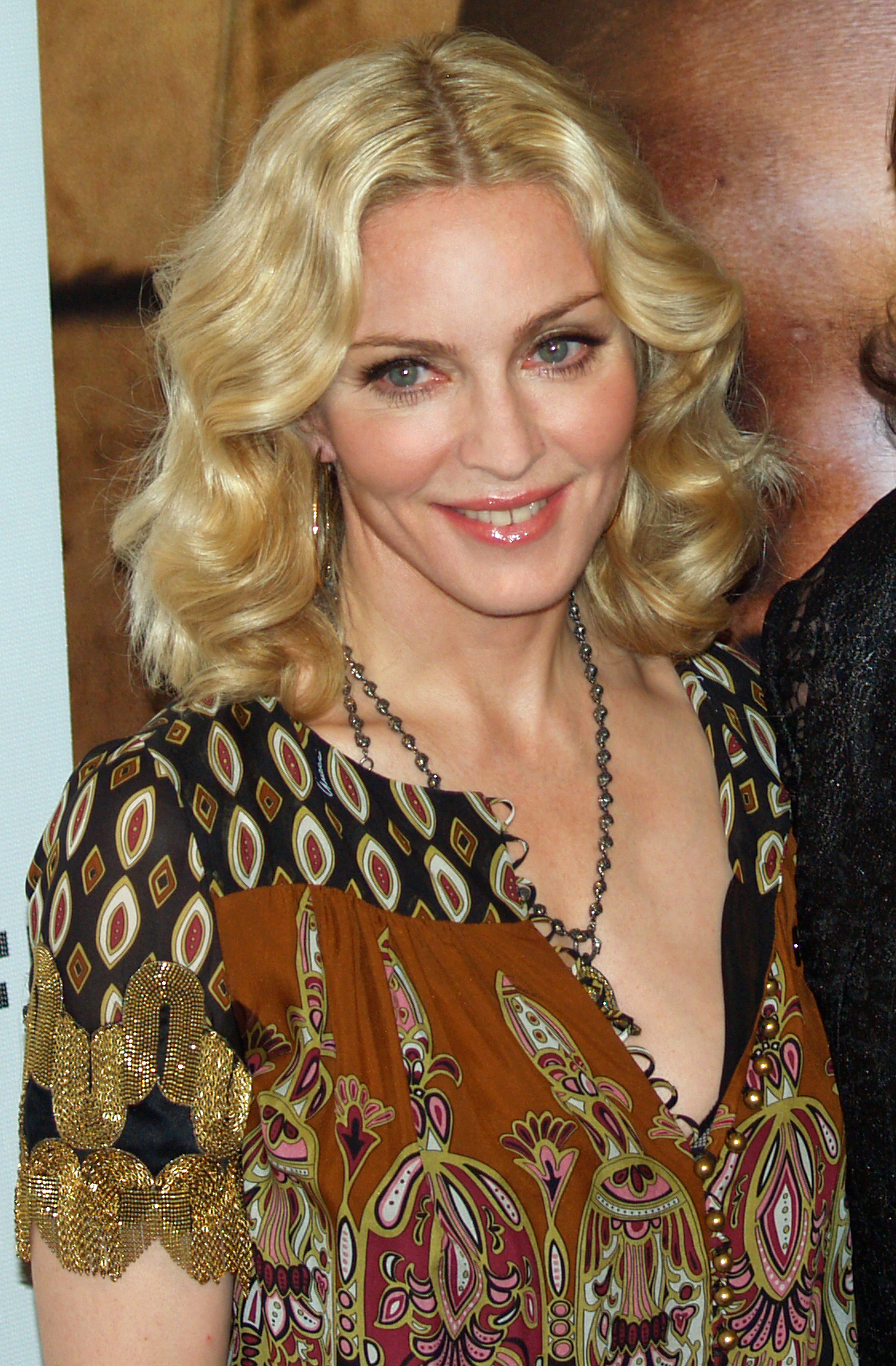
Rick Majerus motivated young men to perform to their
maximum ability. He coached the Utah Utes, a mid-major team without much
history of winning, for 15 seasons compiling a remarkable 323 victories. His
1998 team finished as NCAA national runners-up. Coaching college-aged men
involves repeated instructions on discipline. But Majerus battled for years to
keep his own weight in check.
Four years ago, I met Majerus at the Pritikin Longevity
Center, an all-inclusive program that fosters healthy living. Many attendees
have serious dietary and/or weight problems. Majerus was certainly one of them:
he couldn't participate in the traditional gym exercises because of his
obesity. Instead, he swam.
My husband and I met Majerus at a dinner there. He was a
charming conversationalist who told great stories and was keenly interested in
what other people had to say. During our discussion, I told him how I was
urging Pritikin to update their yoga program to include a one-week, intensive
course on vinyasa yoga and meditation. Majerus became intrigued and asked me
many questions about yoga. He said his team loved to go to hot yoga classes as
it helped them keep their weight down and improve flexibility. Then, he asked
if I would give him a private lesson! I agreed, got permission from Pritikin,
and designed a class for him based on the limitations of his physique: 20
minutes standing, 20 minutes in a chair, 20 minutes on the floor.
Majerus came to the lesson with an athlete's intensity;
he had incredible focus for the entire hour (I later found out that during his
college years he tried out for the Marquette basketball team as a walk-on). He sweated
profusely without the room being heated. For shivassana, he needed several
folded towels under his head and a bolster under his leg because he couldn't
lie down flat comfortably.
Afterwards, he expressed his appreciation for the lesson
and said to me “I felt something.” It was a hopeful moment since he was
beginning to identify his body’s potential; that it was still very alive. He
seemed touched that I was happy to do this with him, and I truly was. Then we
talked about what to do once he left Pritikin. Even then he sounded fatalistic,
saying he lacked confidence in his self-control outside of an all-inclusive,
regimented program. I knew how to help him, but felt I needed more time.
Working in basketball arenas was a major problem, as there
wasn't a good way for him to get moving and breathing. His desk overlooked
exercise equipment, but he was too out of shape to use it. He couldn't check
his eating, in part, because his "office" lacked healthy food choices.
When he asked arena cooks to make him a vegetable tray for his suite, they
would say, "If we do it for you, we have to do it for everyone." It
frustrated him that he was supposed to be a mentor and role model to athletes
at their physical peak, and he couldn't lose weight.
Majerus knew he was in trouble. His father died at age 63
from heart failure, and he came to Pritikin to literally try and save his life.
They hammered home the point that his time was running short and he needed to
drastically alter his habits. I told him that he had to be much more open about
his health and find a coach of his own that would keep him moving.
To my sadness and many others in the basketball
community, Majerus passed on December 1, 2012 of heart failure at the age of
64.
As evidenced by his coaching career that far exceeded
expectations, Majerus had a drive to succeed. The same drive that allowed him to
win on the basketball court didn’t translate to his own health because change
requires exceptional willpower – the kind of willpower that becomes second
nature, habit, and perhaps no longer willpower at all. It certainly wouldn’t
have been impossible for Majerus to positively reform his lifestyle, but it’s
hard to get to this stage when habit has gone in the other direction for so
long.






